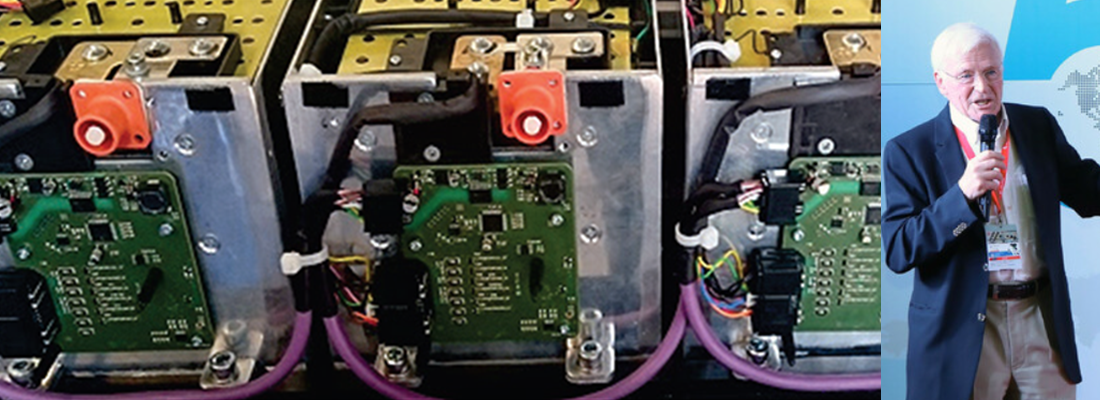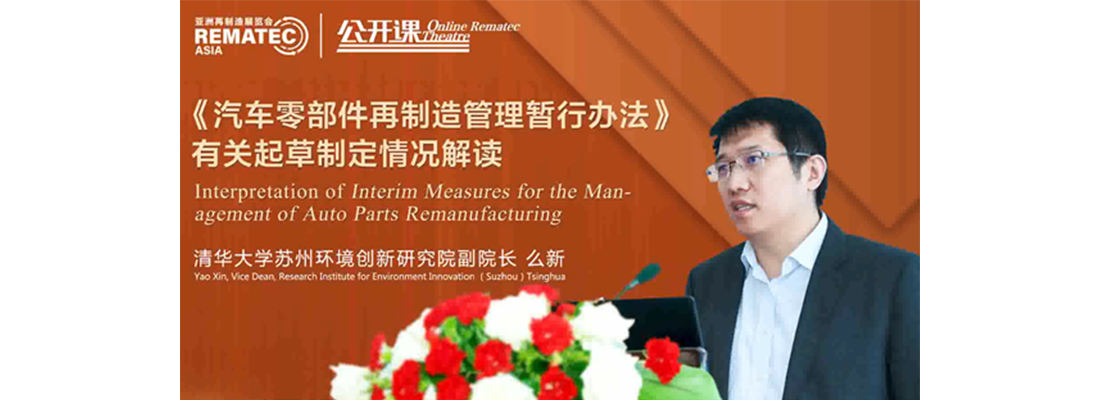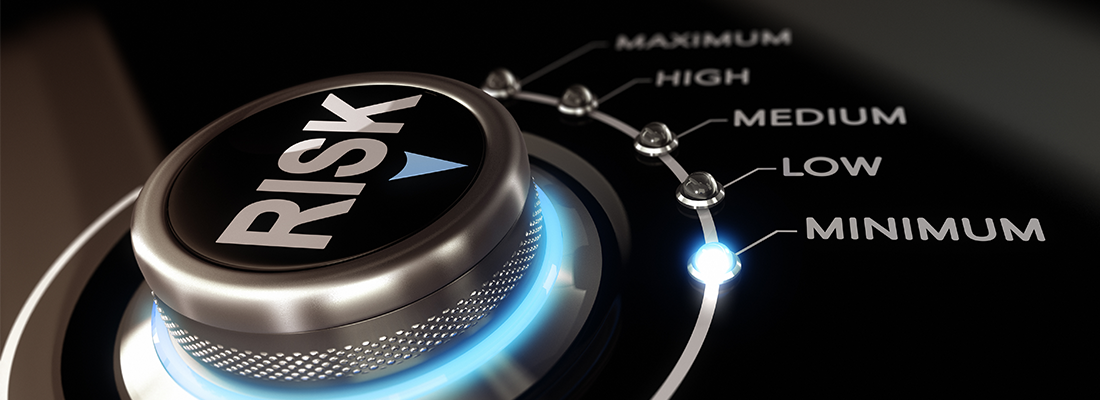Remanufacturing, policy regarding parts testing
Remanufacturing, as an effective approach to developing a circular economy and achieving sustainable development, has attracted global attention due to its environmental, economic, and social benefits. Remanufacturing involves restoring worn-out durable products to a functional and cost-effective state through the entire production process, which includes disassembly, cleaning, inspection, refurbishment, reassembly, and testing. Its main characteristic is that the quality and performance of remanufactured products are not inferior to new ones, while the cost is only 50% of new products, resulting in 60% energy savings, 70% material savings, which significantly reduces environmental impact compared with manufacturing new products.
Currently, many countries worldwide have implemented relevant policies to boost the development of the remanufacturing industry.
Europe
In Europe, the policy about testing remanufactured automotive parts is generally governed by regulations ensuring safety, quality, and environmental compliance. These regulations are shaped by EU legislation, national laws, and industry standards.
Compliance with EU Regulations
Remanufactured parts must comply with the EU's General Product Safety Directive to ensure they are safe for use. Regulation (EU) No. 461/2010 (Motor Vehicle Block Exemption): This regulation emphasizes the use of parts that meet original equipment (OE) quality standards. Remanufactured parts can be used as long as they meet equivalent standards.
Waste Framework Directive (2008/98/EC): Encourages the reuse and remanufacturing of automotive parts as part of the circular economy, provided that quality and safety are not compromised.
Testing Standards
Remanufactured parts must undergo rigorous testing to ensure they meet the performance standards of new parts. These tests often align with ISO standards such as ISO 9001 for quality management and ISO 14001 for environmental management, Industry-specific standards (e.g., SAE standards for automotive components). Testing typically includes functional testing, ensuring the part operates as intended; durability testing, verifying the part’s lifespan under real-world conditions, and safety testing, ensuring it does not pose any safety risks.
Remanufactured parts must be clearly labelled as such and accompanied by documentation certifying compliance with safety and quality standards. Manufacturers or remanufacturers may issue conformity declarations to demonstrate compliance with relevant directives.
Authorities in EU member states conduct market surveillance to ensure remanufactured parts comply with safety, environmental, and performance requirements. Non-compliant products can be restricted or removed from the market. Remanufactured parts are typically expected to come with a warranty, similar to new parts, as a measure of their quality and reliability.
Environmental and Circular Economy Considerations
EU policies, such as the European Green Deal, support remanufacturing to reduce waste and carbon emissions. The End-of-Life Vehicles Directive (2000/53/EC) also promotes the reuse and recycling of automotive components.
National Variations
While EU regulations provide a baseline, individual European countries may have additional requirements for remanufactured parts. These could include stricter testing protocols, certification processes, or labelling requirements.
In 2013, the French government launched the New Industrial France strategy, which included 34 industrial plans aimed at transforming France's energy, digitalisation, and economic life over a 10-year medium-term plan. In 2013, the German government formally introduced the Recommendations for the Implementation of the German Industry 4.0 Strategic Initiative at the Hannover Industrial Fair, with the goal of promoting the development of the remanufacturing industry through smart manufacturing. In 2013, the UK government released its Industrial Strategy 2050, which redefined manufacturing as a "service" centred on remanufacturing rather than the traditional "make and sell" approach.
U.S.A.
In 2015, the United States federal government passed the Federal Vehicle Repair Cost Savings Act, which requires federal agencies to promote the use of remanufactured products as parts for federal vehicle repairs. The United States is the world's largest manufacturer, consumer, and exporter of remanufactured products. In the United States, remanufacturing is common in a variety of industries, with a particular emphasis on aerospace, heavy-duty off-road (HDOR) equipment, automotive parts, machinery, IT products, medical equipment, refurbished tires, and consumer products.
Canada, the European Union (EU), and Mexico are the leading suppliers of remanufactured products to the United States, as well as major export markets. The United States Environmental Protection Agency (EPA) regulates environmental standards in the remanufacturing industry through legislation such as the Resource Conservation and Recovery Act. Companies that remanufacture products must follow environmental regulations such as waste management, emission restrictions, and pollution control. In order to guarantee that remanufactured items fulfil pertinent standards for quality and performance, the U.S. government, industry associations, and standardisation agencies have created a number of standards and certification processes. In terms of product labelling, remanufactured goods usually need to be labelled in order for customers to recognise their remanufacturing status and tell them apart from new products by providing the relevant information. The Federal Vehicle Repair Cost Savings Act, passed by the U.S. federal government in 2015, promotes the use of remanufactured items as parts for federal vehicle repairs in an effort to lower the costs associated with maintaining federal vehicles. Legal provisions pertaining to the definition, certification, testing, inspection, and compliance of remanufactured items are provided by federal rules in the United States. The United States' Rebuilding, Remanufacturing, and Other Second-Hand Automobile Parts Industry Guide offers pertinent guidelines and justifications for items that have been repaired or remanufactured.
Due to stringent non-original equipment manufacturer (OEM) parts certification and quality supervision systems, as well as the existence of a developed insurance industry, the United States' Right to Repair Act of 2001 regulates auto repairs and gives consumers the option to select convenient, dependable, and reasonably priced repair facilities for their vehicles. Up to 70% of the aftermarket is made up of non-OEM parts. The primary duty of the government is to inform consumers that remanufactured goods can satisfy the quality standards of new products in order to ensure their adoption. The market-oriented principles and management measures in the United States determine that its standardisation process is in line with market characteristics. In addition to standards created independently by companies, the United States has a wide variety of remanufacturing standards that span several industry sectors and are developed and published by nearly 400 professional organisations, associations, and government agencies.
The websites of the American National requirements Institute (ANSI), the Society of automobile Engineers (SAE), and the American Society for Testing and Materials (ASTM) provide information on remanufacturing requirements for automobile parts. One ANSI standard, fourteen SAE standards, and one ASTM standard are found through a search.
China
China has prioritized the growth of its automotive parts remanufacturing industry, implementing numerous policies and standards to foster its development. Key milestones include the designation of pilot companies in 2008, the inclusion of remanufacturing in strategic emerging industries in 2018, and the relaxation of restrictions on key automotive components in 2019. The issuance of the Interim Measures for Automotive Parts Remanufacturing in 2021 clarified enterprise qualifications and regulatory guidelines. Specialized demonstration bases in Changsha, Shanghai, and Zhangjiagang have emerged, leveraging public service platforms, advanced manufacturing capabilities, and differentiated development models. Hainan's "14th Five-Year Plan" outlines ambitious goals for remanufacturing, targeting a 2-billion-yuan industry output by 2025. China's regulatory framework now includes over 100 standards, supporting sustainable and standardized industry practices. With policy support and active market participation, the sector is poised for rapid growth and innovation.
Share your remanufacturing stories with us
Do you have an innovation, research results or an other interesting topic you would like to share with the remanufacturing industry? The Rematec website and social media channels are a great platform to showcase your stories!
Please contact our Brand Marketing Manager.
Are you an Rematec exhibitor?
Make sure you add your latest press releases to your Company Profile in the Exhibitor Portal for free exposure.





